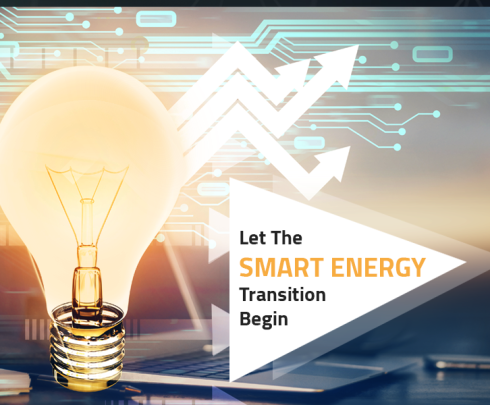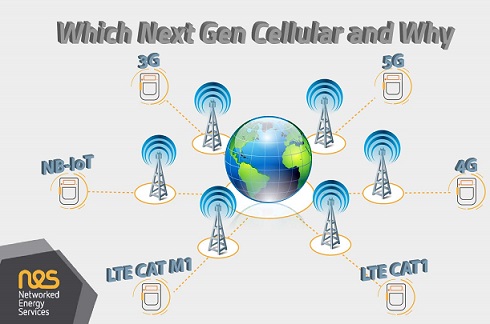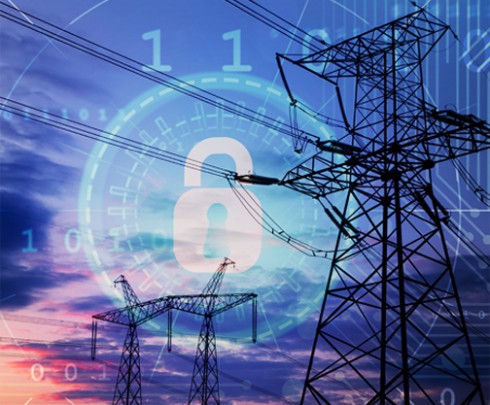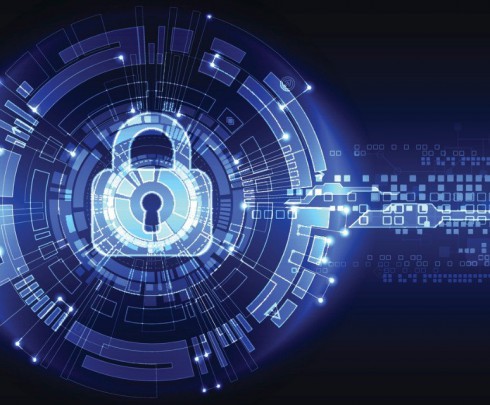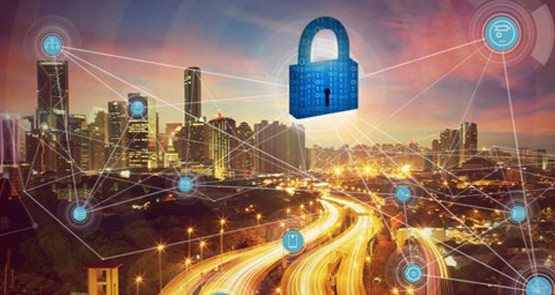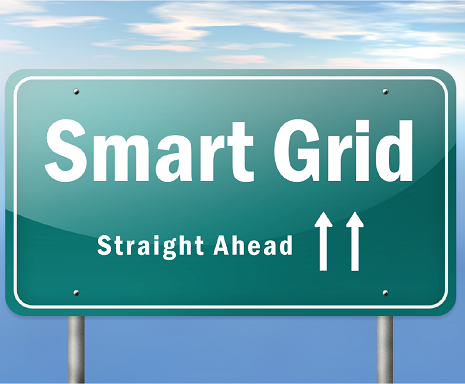
Modern Protocol for the Smart Grid
Nov 12, 2021Distribution System Operators (DSO) and utilities in LATAM and worldwide are modernizing their electricity grids to enable highly reliable efficient and secure power infrastructure for the next century. The critical issue is about enabling the smart grid - an energy infrastructure that runs from generation to distribution and includes thousands of grid-connected devices and systems that consume energy (figure 1).
Smart metering sets the stage for a smart grid “system” offering increased functionality via built-in two-way communications and smart grid applications, many of which provide improved and expanded customer service.
However, DSOs should think beyond the meter and toward an overall system solution that delivers dramatic improvements in utility operations, reliability, and customer-service capabilities by offering detailed usage information, demand metering, detailed power-quality data, energy loss information, timely outage information and flexible billing options. Consumers, DSOs, and retailers all benefit from smart grid development.
Figure 1: Smart Grid Overview (source IEEE.org)
The Smart Grid helps customers better manage their energy use and costs. It is important for Utilities to ensure a high level of reliability and service to their customers, and this will become more challenging in the near future because of the additions of renewable energy sources, electric vehicles and distributed generation. A smart grid will make it possible for DSOs to more effectively and efficiently manage the distribution network. A smart grid can improve management of the transmission and distribution assets, as well as a supplier’s generation portfolio, in order to keep pace with customers’ increasing electricity usage and peak demand. For the supplier and retailer, it makes possible and accelerates the adoption of new services to help them differentiate their offerings in increasingly competitive energy markets. In order to achieve all of these vast benefits requires a set of open standards that allows the Smart Grid system to communicate securely and reliably with all Smart Grid devices.
Smart meters have been the first step utilities have taken toward building a smart grid infrastructure. The newest generation of smart meters not only provide utilities the tools they can use to offer their customer flexible billing options, they also have the ability to act as intelligent grid sensors that provide utilities with data and control capabilities to run the grid more efficiently. Combined with other dedicated grid sensing and control devices, these smart meters can form the backbone of smart grid infrastructure that solves immediate needs while laying a foundation for new applications in the future.
Realizing this vision creates choices for utilities;
they must balance the needs for today to have a reliable, proven system that can
be deployed in high scale with low risk while also providing headroom for
growth so as to protect their customers against additional costs should their
needs outgrow system capabilities.
Open Smart Grid Protocol (OSGP) provides the basis for
delivering a reliable, scalable, high-performance infrastructure for smart metering
and smart grid applications that can cost-effectively meet the needs of
utilities today while giving them the headroom to add new devices and
applications to their networks to solve whatever new challenges the future
brings. With millions of OSGP based smart meters and devices already deployed
worldwide, OSGP is one of the most widely used and field-proven smart meter and
smart grid device networking standards.
OSGP takes a modern, structured approach following the
OSI protocol model to meet this challenge. OSGP based systems have been proven
to operate reliably at high scale, delivering daily meter reads and extended
reading and sensing information at reliability rates of 99.7% to 100%. The
systems have also been field proven to provide more than ample headroom for
future expansion including the integration and support for two-way and net
metering, local distributed generation (e.g. solar panels) and electric vehicle
charging.
Also, Cyber-security is a critical issue for DSOs, and
OSGP embeds the latest security encryption technologies and security features.
Importantly, these encryption technologies are also based on standards, and they
are regularly tested in hostile environments and regularly improved to account
for new threats. Other features of the OSGP protocol provide a wide range of
security related signals coming off the smart meters. These cover the basics,
like access control through the interfaces on the meters, but also cover more
sophisticated attacks, such as spoofing messages or re-use of stolen software
keys.
Figure 3: Cyber Security
In addition to the communication protocol between smart meters and other devices, OSGP incorporates an open, layered head end system (HES) that provides an open and future proof infrastructure that promotes the use of web services and XML to maximize the flexibility for DSOs. The HES is designed with interoperability in mind, and communicates using standard based Web Services Interfaces (e.g. XML and SOAP) with the utility’s enterprise systems and applications, such as billing, CRM, customer service, operations, and workforce management, and integrates into Enterprise authentication services.
A DSO’s smart metering and smart grid architecture should be based on a holistic view of the various systems, and provide the capability to exchange data and information between the various departments within a DSO. Grid management and operations do not stop at the substation level, but as a result of the energy transition, they will impact dynamics up to the last mile, including the last metering end point on the feeder. Therefore, grid information is required from smart meters, acting also as sensors, and combined with the SCADA systems to make the appropriate operating decisions regarding voltages, dynamic controllable loads, decentralized generation, and storage. OSGP provides the protocol to meet these needs. OSGP supports a future proof architecture that is able to adopt new technologies, but even more importantly, integrate with other utility applications including smart car charging, energy storage, load control, PV, consumer generation, SCADA, etc.
About the Author:
Larry Colton is Director of International Business Development and Government Affairs and has been working with utilities and smart grid vendors for more than 25 years. He is a licensed Professional Engineer and certified Project Manager, has received several patents, and participates in industry working groups, including IEC, ETSI, ANSI, IEEE, NEMA, EU Smart Metering and Smart Grid groups associated with the development of public and industry standards.




